In this guest post, National Railway Museum librarian Karen Baker introduces some intriguing articles from the Journal of Victorian Culture.
Railways are in many ways synonymous with the Victorian era: the mass spread of the network and its impact on society reached its zenith during this time. Over the years, the Journal of Victorian Culture has reflected this impact and has hosted many articles in which rail is either central or part of a wider contextual narrative. The review in this anthology is a smorgasbord of ideas worth celebrating and sharing. We thank the authors and the publishers Taylor and Francis for allowing us access to these essays for a limited period.
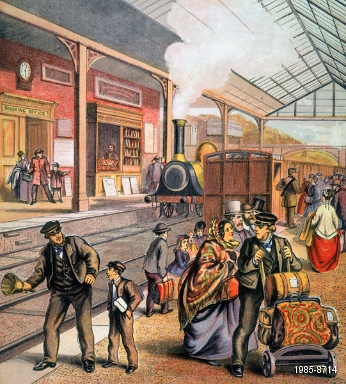
These articles have already been a vital resource for us at the National Railway Museum as we plan and research our public programme of events and exhibitions. Most recently we have been digging up past railway crimes and their influences on contemporary culture for our new Mystery on the Rails season, which runs from March to September 2017. Although our season foregrounds railway mysteries by the likes of Agatha Christie and Dorothy L. Sayers, our research led us back to the beginning of passenger transport: to the fears that were generated and stories that were circulated around early passenger travel. We discovered early cultural markers around notions of isolation, entrapment and passenger anonymity that resurface later in the stories of the 20th century: the murders on the Blue Train, Orient Express or 4.50 from Paddington touch on the same or similar themes, centralising the drama of carriage isolation and assumed passenger anonymity. Peter Bailey’s ‘Adventures in Space: Victorian Railway Erotics, or Taking Alienation For a Ride’[1] and the two articles on ‘Rape on the Railway: Women, Safety, and Moral Panic in Victorian Newspapers’[2] and ‘Shattered Minds: Madmen on the Railways, 1860–80’[3]’ by Robin J. Barrow and Amy Milne-Smith respectively, were instrumental in identifying the origins of these fears.
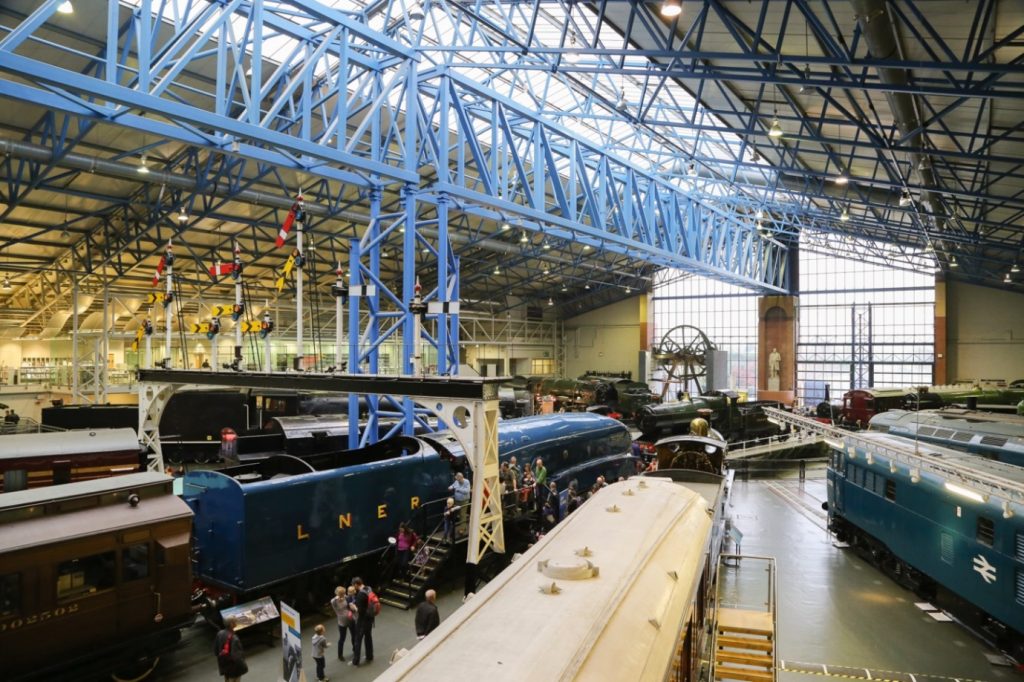
[1]Peter Bailey. ‘Adventures in Space: Victorian Railway Erotics, or Taking Alienation For a Ride’. Journal of Victorian Culture 9 (2004) 1, http://dx.doi.org/10.3366/jvc.2004.9.1.1
[2] Robin J. Barrow. ‘Rape on the Railway: Women, Safety, and Moral Panic in Victorian Newspapers’, Journal of Victorian Culture 20 (2015) 3. http://dx.doi.org/10.1080/13555502.2015.1057390
[3] Amy Milne-Smith. ‘Shattered Minds: Madmen on the Railways, 1860–80’ , Journal of Victorian Culture 21 (2016) 1. http://dx.doi.org/10.1080/13555502.2015.1118851
We also have ambitious plans for the future. The redevelopment of our Great Hall, involving the redisplay and interpretation of Britain’s important railway story, is providing a framework of new topics and research opportunities for us and our collaborators. As a top-level ambition we want to represent the impact railways have had on our lives. These articles have worked as a reminder and pointer to the manifold directions we could take in this regard. As an example, we are keen to investigate early passenger perceptions of rail travel and the speculation that led to the bursting of the bubble that railway mania created. Henry Atmore’s ‘Utopia Limited: The Crystal Palace Company and Joint-Stock Politics, 1854–1856’[4] has been a useful read here, as a case study of the politics and positioning of the resituated Crystal Palace and the key part the railways played in its perceived success, or failure.
[4] Henry Atmore. ‘Utopia Limited: The Crystal Palace Company and Joint-Stock Politics, 1854–1856’ Journal of Victorian Culture 9 (2004) 2. http://dx.doi.org/10.3366/jvc.2004.9.2.189
An interesting perspective on colonists and notions of expansion is discussed in Paul Young’s ‘Industrialising Crusoe: Adventure, Modernity and Anglo-American Expansionism,’[5] featuring the Robinsonades of Jules Verne’s The Mysterious Island and Douglas Frazar’s Perseverance Island. Here, railways feature in a positive light, as part of the trappings of modern civilisation and the industrial development of a hitherto uncolonised land. For us, investigating perceptions of nationhood and British railway export, these stories offer us quite a different avenue of exploration. Even in far-flung imaginings, railways are a prominent fixture in the writers’ mental landscape.
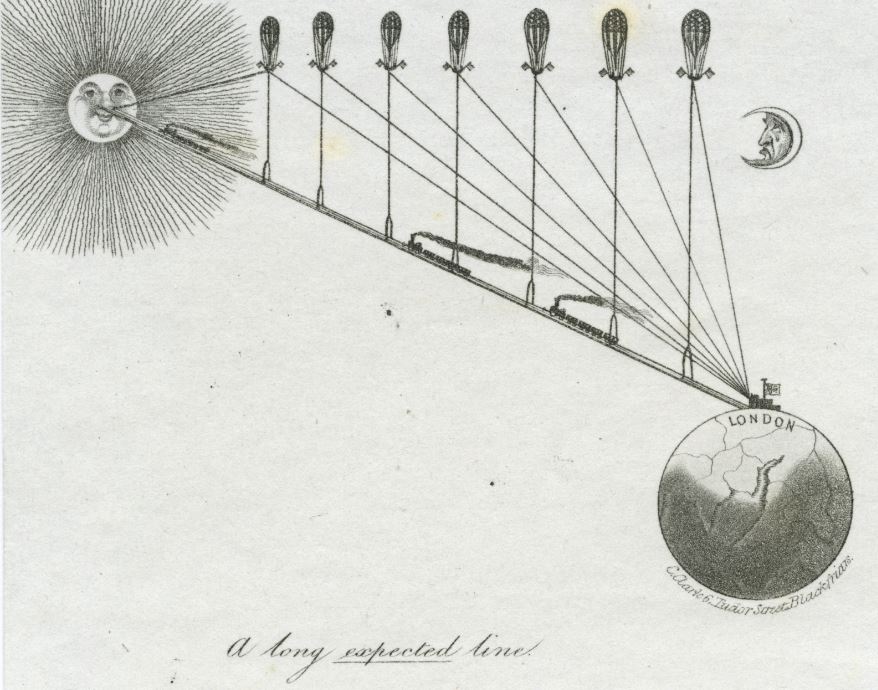
[5] Paul Young. ‘Industrializing Crusoe: Adventure, Modernity and Anglo-American Expansionism,’ Journal of Victorian Culture 18 (2013) 1. http://dx.doi.org/10.1080/13555502.2012.751046
This globalising picture makes for an interesting juxtaposition with Christopher Donaldson, Ian N. Gregory and Patricia Murrieta-Floress, Mapping ‘Wordsworthshire’’: A GIS Study of Literary Tourism in Victorian Lakeland’[6]. In this article, Donaldson looks at how the transport networks of rail and road influenced literary tourism. Railways are not necessarily a positive symptom of civilisation here. In ‘Wordsworthshire’, where unsullied nature is part of the appeal, carriages and stage coaches are seen as giving tourists a closer link to the region’s beauty and connection to the famous poet, whose opposition to the Keswick to Windermere line is well known. While railways are given short shrift in this instance, the shaping of writers, tourists and landscape to mobility networks sheds new perspectives on railways’ cultural legacy and the development of leisure. Our collections at the National Railway Museum are rich in the publicity used to entice passengers to use the various companies’ lines and services, and we have the maps and timetables which document the routes and times of travel. Perhaps there is more mapping that could be done to show railways’ leisure impact in other settings?
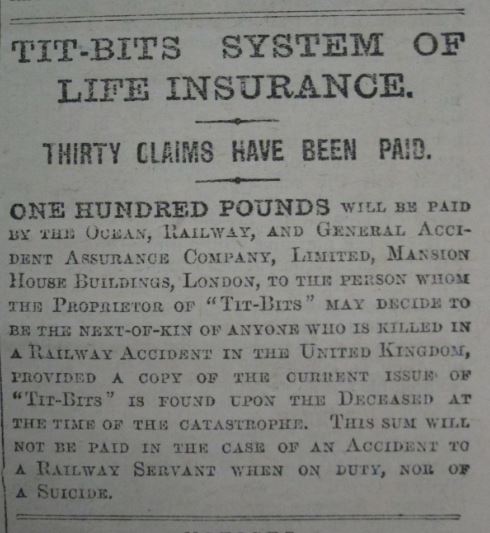
[6] Christopher Donaldson, Ian N. Gregory and Patricia Murrieta-Floress. ‘Mapping ‘Wordsworthshire’: A GIS Study of Literary Tourism in Victorian Lakeland.’ Journal of Victorian Culture 20 (2015) 3 http://dx.doi.org/10.1080/13555502.2015.1058089
As a museum whose subject is technological and industrial, we are keen that the human story is not neglected, but told alongside the material. The experience of using and running such a vast and complex network emphasises how intertwined is the human and machine connection. In the museum collection we have the personal anecdotes, letters and writings of individuals on the one hand, and the policies, rules and organisational frameworks of the companies on the other. Together they allow us to do draw these stories together in an engaging way. But what is interesting in this human story, and something we need to reflect and consider more fully, is the impact these networks have had on societal life outside the ‘Railway World’. Karen Odden’s article on ‘‘‘Able and intelligent medical men meeting together”: The Victorian Railway Crash, Medical Jurisprudence, and the Rise of Medical Authority’[7] and Ralph Harrington’s ‘Railway Safety and Railway Slaughter: Railway Accidents, Government and Public in Victorian Britain’[8] show what happens to wider society when these networks fail. Railway crashes and the subsequent alarm and anxiety fuelled by newspaper headlines changed how the government intervened in railway management; changed how society saw the medical profession; led to the rise of insurance firms and the creation of new forms of malady brought about, allegedly, by this new form of transportation. The human dimension to these stories and the ensuing effect on culture are left untold in our exhibition spaces at present. This needs to change so that we can provide a more multi-faceted interpretation of not just rail’s safety but, more broadly, of railway’s cultural impact writ large.
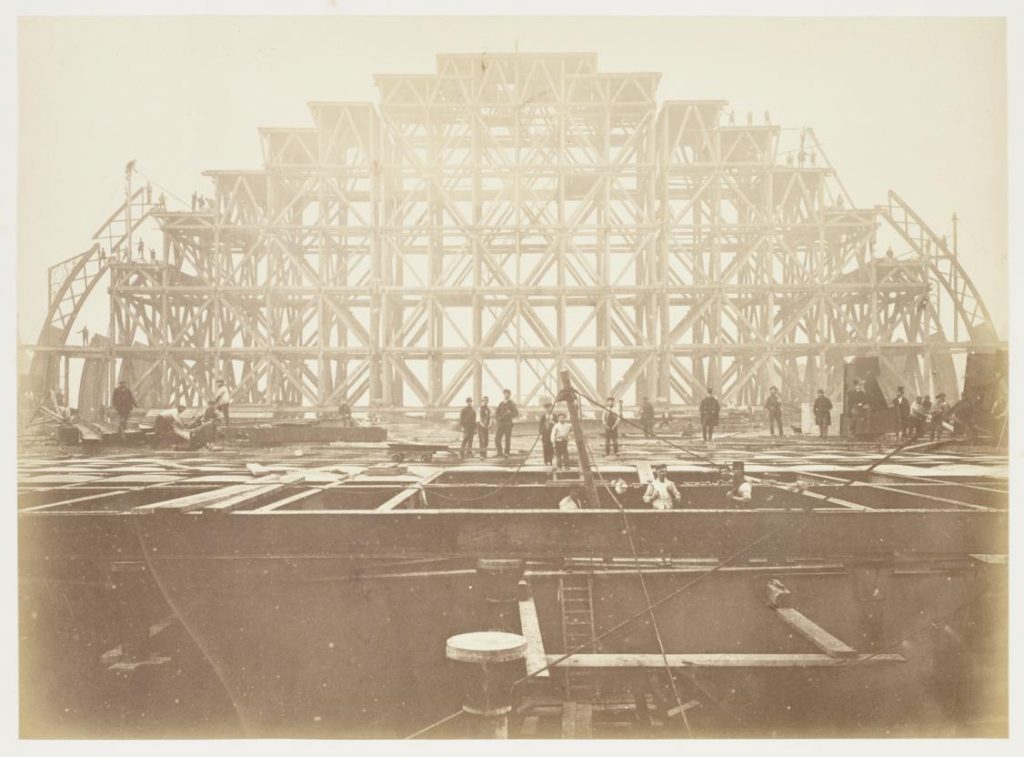
Today this important Victorian invention is having a resurgence. Not since the 19th century have we seen so many large-scale capital investment projects in railway construction. Crossrail, HS2, railway reopenings across the country: all point to railways taking back centre stage after years of being sidelined by roads. Perhaps that’s why we have found new significance in the Victorian railway landscape mentioned by David Pike in ‘Fun in Victorian London Today’[9]. St Pancras’s new lease of life and the Harry Potter tourists flocking to King’s Cross are just two examples Pike uses to illustrate the recreational fascination we have with Victorian railwayana. But while nostalgia has its place, and indeed is a key reason visitors come to the National Railway Museum, we are also keen to reflect the future: to be an inspiration to future rail engineers, and a sounding board for ideas about rail’s direction – where do we as a society want the railways to take us and what will be the cultural legacy of our journey?
I am writing a paper about the railways influence on Victorian Theatre (in Tyneside and the NE.) and although I have found some hints herein I was wondering if you may be able to point me in the direction of any papers you know of (or have in your collection) that may enhance my research. Any pointers welcome.